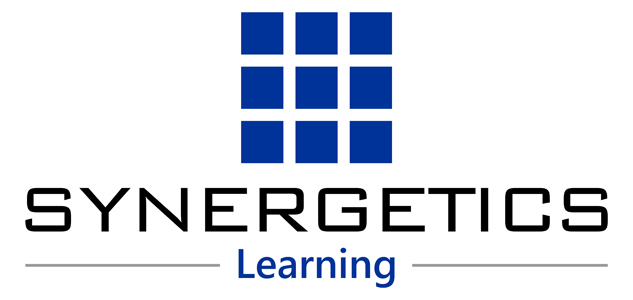On SD Times,
LOS ANGELES – It’s Windows Azure, front and center at the Microsoft Professional Developers Conference, which began today in Los Angeles.
Ray Ozzie, Microsoft’s chief software architect, took the keynote stage to announce the pending availability of Windows Azure. He also announced two Azure services: a data catalog called “Dallas,” and a business application marketplace called “Pinpoint.”
Windows Azure will go into production on Jan. 1, 2010, Ozzie said. Meanwhile, Microsoft will continue to add new features, and select partners will begin hosting commercial applications on Azure immediately.
WordPress developer Automattic’s founder Matt Mullenweg joined Ozzie on stage to announce that WordPress has migrated to Windows Azure at an infrastructure-as-a-service level. Popular blogs, including “I Can Has Cheezburger?” and “FAIL Blog,” are now running on Windows Azure.
Dallas is an information service that Ozzie called a “game-changing subsystem.” Dallas, which is built on Windows Azure and SQL Azure, allows developers to access commercial and private data sets across platforms.
Pinpoint is a catalog of business applications and services that target developers and are integrated into the Azure development portal.
Dallas is seeded with trial data sets from media companies, the U.S. government and others. Data can be bound to applications via ATOM feeds and REST, said Microsoft technical fellow David Campbell.
Microsoft’s Server and Tools business president Bob Muglia described how the company was going to help developers structure applications for Azure, and to make applications portable to migrate from Windows data center to the cloud. “Developers have to evolve applications to take advantage of the cloud,” he said.
Building hybrid cloud applications is another focus of the cloud application model. To that end, Microsoft is working on “Sydney,” a project to connect private data centers with Windows Azure. No further details were provided.
Synergetics is a premium brand in the Indian IT industry with an experience base of over 15 years in the area of people competency development; engaged in delivering it thru its training and consulting interventions , primarily focusing on their productivity with regards to the project and deliverables on hand . Its primary differentiator has been its solution centric approach and its comprehensive client focused service portfolio.
